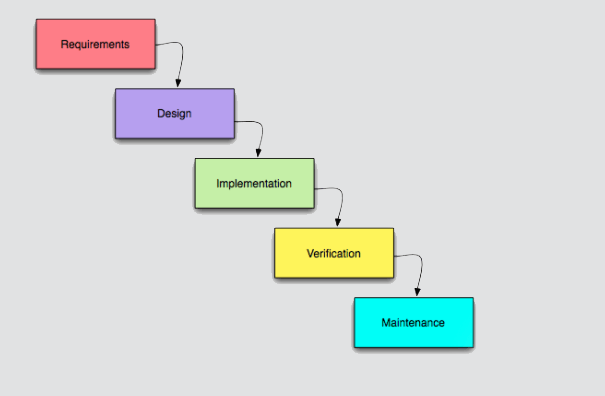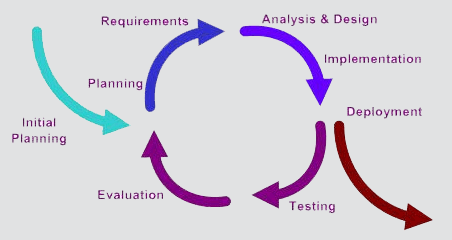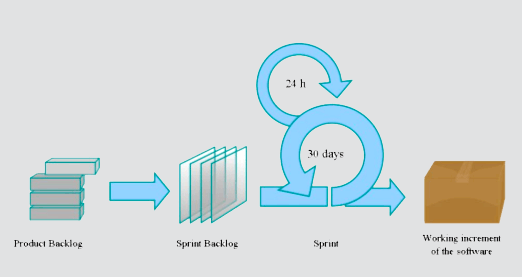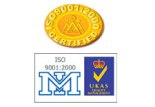Web and Software Development
Software Development Process
Requirements Analysis
Extracting the requirements of a desired software product is the first task in creating it. While customers probably believe they know what the software is to do, it may require skill and experience in software engineering to recognize incomplete, ambiguous or contradictory requirements.
Specification
Specification is the task of precisely describing the software to be written, in a mathematically rigorous way. In practice, most successful specifications are written to understand and fine-tune applications that were already well-developed, although safety-critical software systems are often carefully specified prior to application development. Specifications are most important for external interfaces that must remain stable.
Software architecture
The architecture of a software system refers to an abstract representation of that system. Architecture is concerned with making sure the software system will meet the requirements of the product, as well as ensuring that future requirements can be addressed.
Implementation
Reducing a design to code may be the most obvious part of the software engineering job, but it is not necessarily the largest portion.
Testing and QA
Testing of parts of software, especially where code by two different engineers must work together falls to the software engineer.
Documentation
An important task is documenting the internal design of software for the purpose of future maintenance and enhancement.
Training and Support
A large percentage of software projects fail because the developers fail to realize that it doesn't matter how much time and planning a development team puts into creating software if nobody in an organization ends up using it. People are occasionally resistant to change and avoid venturing into an unfamiliar area, so as a part of the deployment phase, its very important to have training classes for the most enthusiastic software users (build excitement and confidence), shifting the training towards the neutral users intermixed with the avid supporters, and finally incorporate the rest of the organization into adopting the new software. Users will have lots of questions and software problems which leads to the next phase of software.
Maintenance
Maintaining and enhancing software to cope with newly discovered problems or new requirements can take far more time than the initial development of the software. Not only may it be necessary to add code that does not fit the original design but just determining how software works at some point after it is completed may require significant effort by a software engineer. About 60% of all software engineering work is maintenance, but this statistic can be misleading. A small part of that is fixing bugs. Most maintenance is extending systems to do new things, which in many ways can be considered new work.
Development Process models we follow
Waterfall processFor Clear Cut Basic Requirement small and medium size orthodox projects, we follow Waterfall Process.

Iterative process
For Research oriented, unorthodox projects, which needs structural and requirement adjustments at various phases, follow Iterative Process.

Agile software development: SCRUM
Scrum is an iterative incremental process of software development commonly used with agile software development. SCRUM is the most appropriate for changing requirements, even late stages of development. Agile processes harness change for the customer's competitive advantage.

Download link to Project management Process.Pdf

